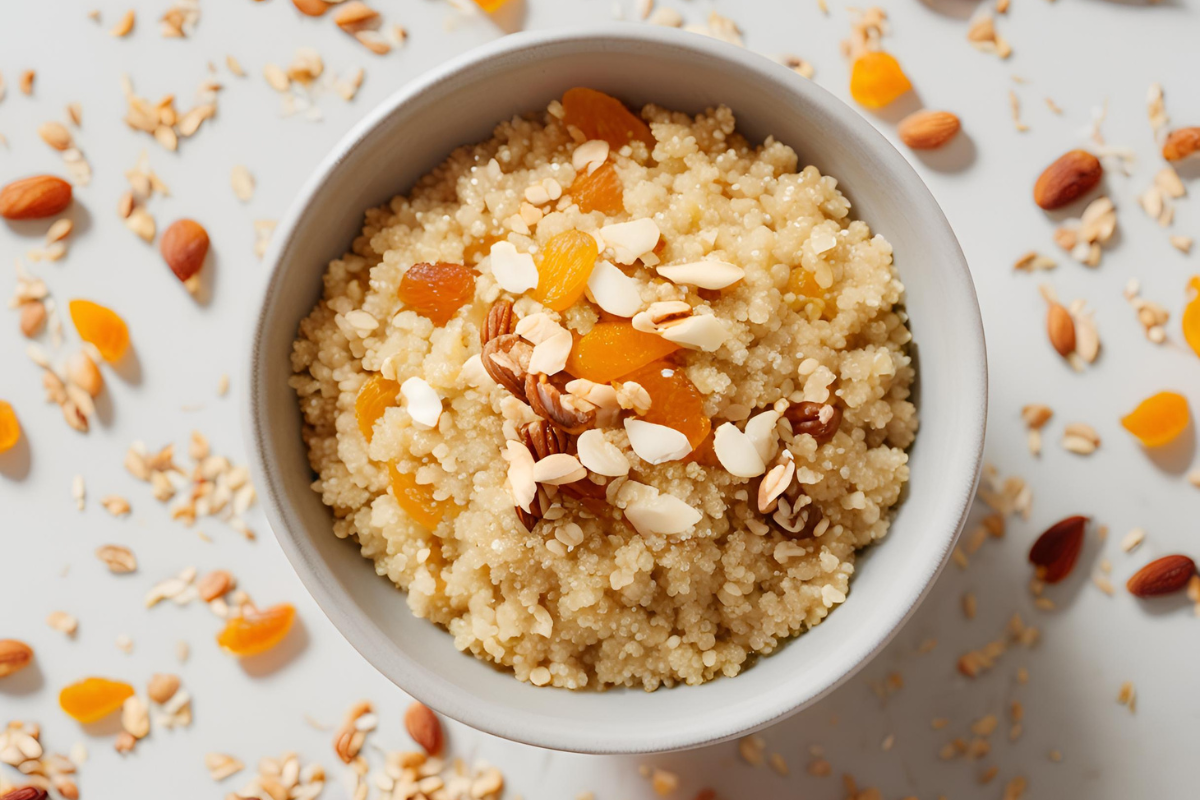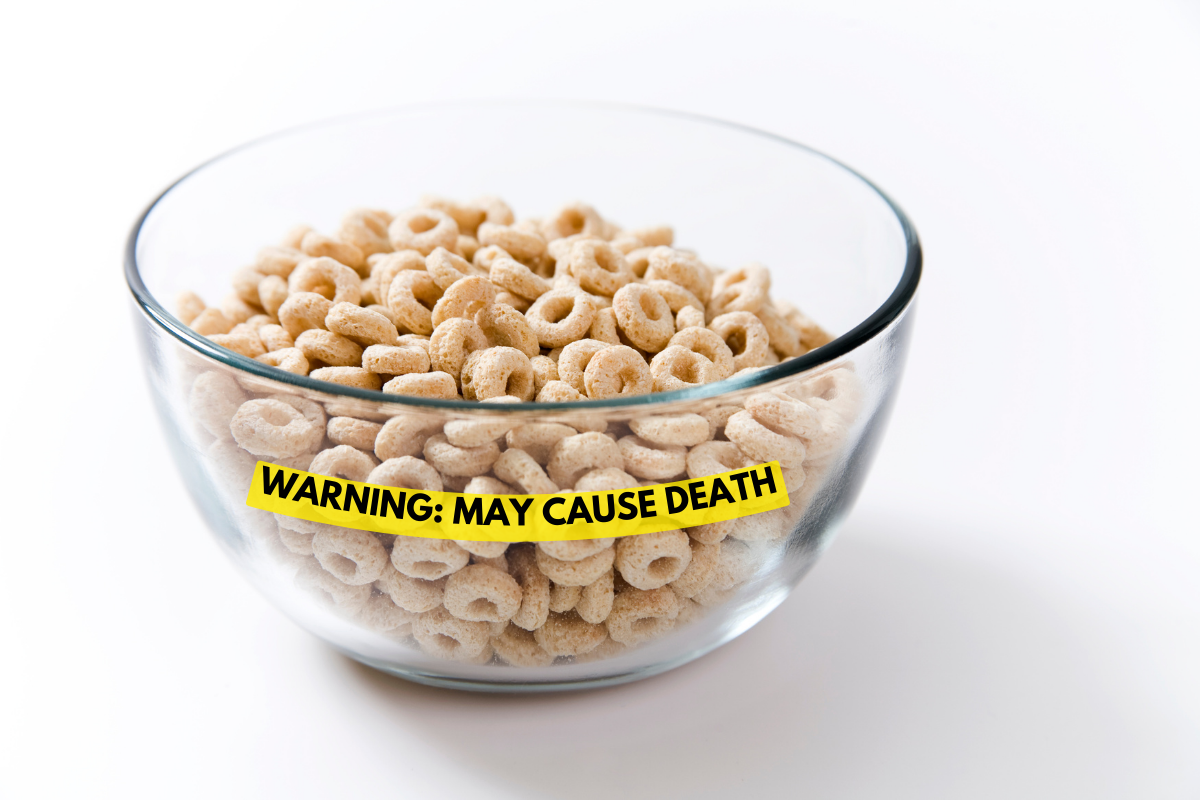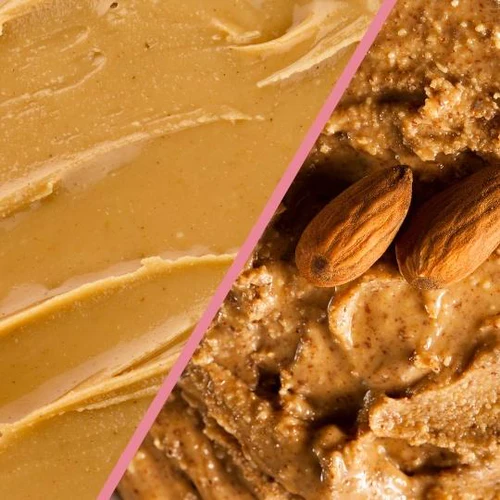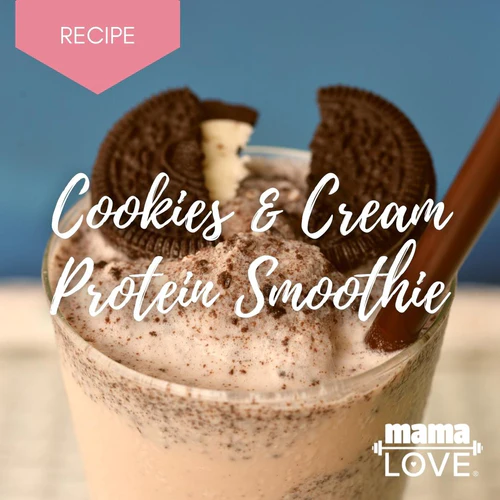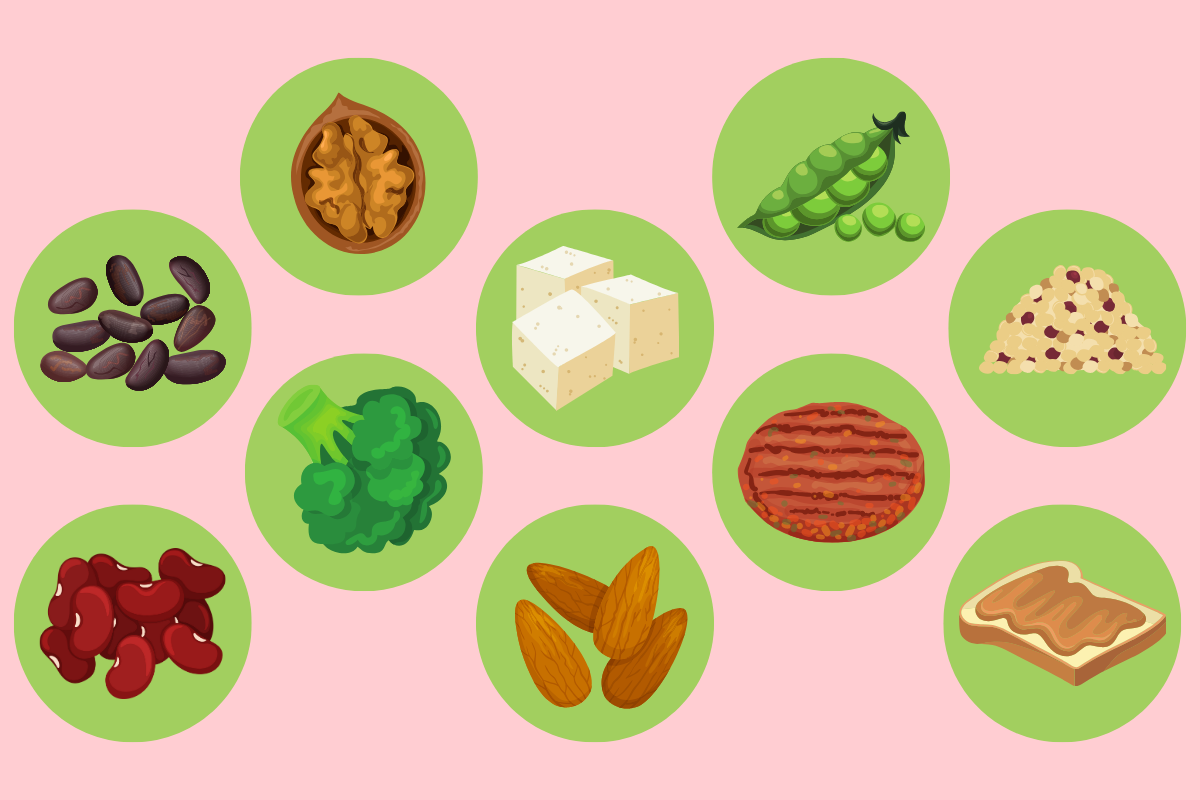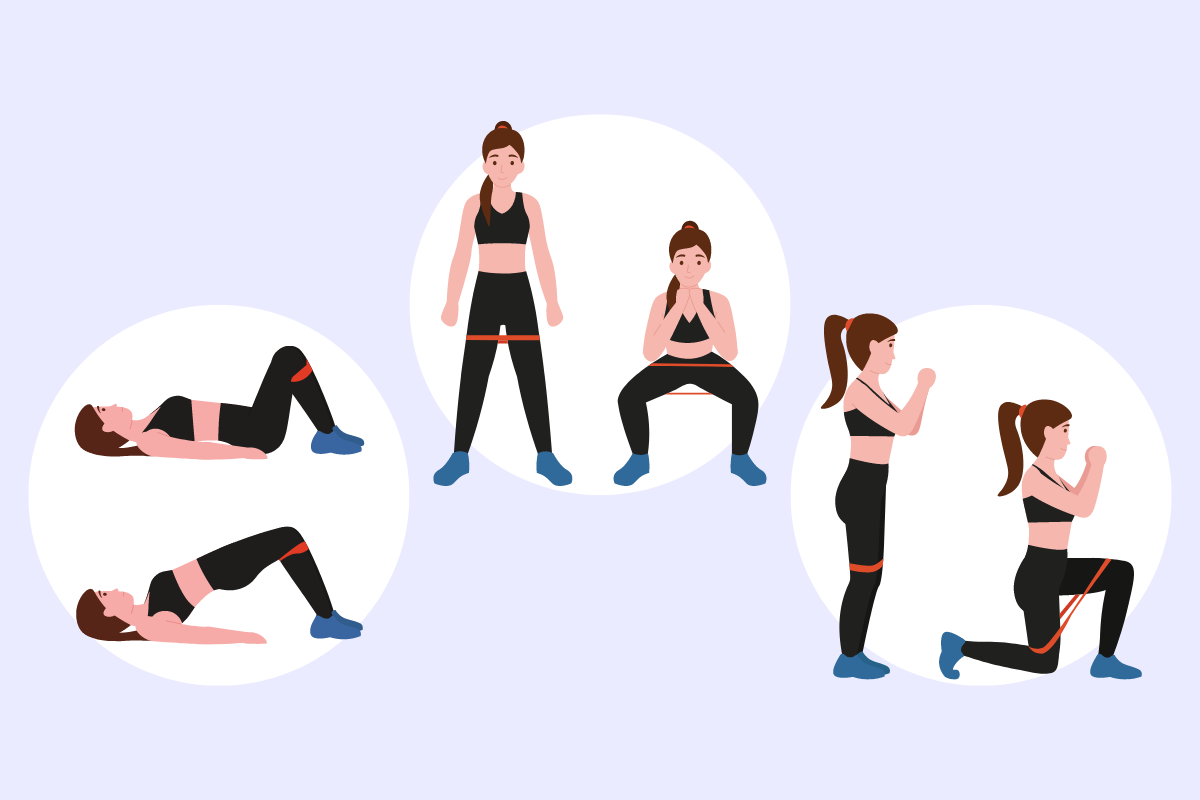
Remember when you used to work out at the gym? You know, before Covid-19 sent us all indoors, and before you were so tired from being up all night feeding a baby? Back in those days, new moms who hit up the treadmill or claimed space in the weight room got a lot of side eye.
“People would ask, ‘Who’s watching the baby?’ with such concern—like I’d left her in the car, or something,” says Megan H., a three-time mom and avid studio cyclist. “I even had another mom warn me that my milk was going to dry up if I worked out too hard,” she says.
Record scratch—um, what?! Let’s try to ignore the mom shaming for now and quickly get to the truth about breast milk and working out: that lady is wrong.
Exercising Does Not Decrease Your Breast Milk Supply
“Exercising won’t damage your milk supply,” says Shivani Patel, M.D., a maternal-fetal medicine specialist at UT Southwestern Medical Center in Dallas, TX. “In fact, it might actually give you a boost, because it’s a stress-reliever.” Elevated levels of cortisol, the stress hormone, can dramatically reduce your milk supply, she says (1).
OK, so if the actual activity isn’t impacting your milk production, why does this myth still get passed off as fact? Well, as it turns out, there is a connection.
“There are two workout-related things that can have an impact on lactation: not replacing the calories you’ve burned and wearing a tight sports bra,” says Dr. Patel. But with a little planning, you can easily get around both of these things. Here’s how to work out and protect your breast milk supply.
Milk Supply Suffers If You’re Not Eating Enough Protein
Exercise burns calories—something a lot of new moms want when they’re trying to lose left-over pregnancy weight. But some women forget that breastfeeding uses up calories, too—around 300 to 400 calories a day (2). And along with that calorie requirement comes an elevated need for protein. “As a baseline, lactating women need to eat at least 1.1 grams of protein per kg of their body weight,” says Tracy Morris, an accredited and practicing dietitian and Mama Love nutrition advisor. (Quick math: That’s a minimum of 74.8 grams of protein per day for a 150-pound woman for breastfeeding alone.)
It makes sense that the two activities together—working out regularly and round-the-clock breastfeeding—might create too much of a deficit and lead to an inadequate milk supply. But Morris and Dr. Patel both agree that can easily be fixed by having a protein-rich, post-workout snack.
Milk Can’t Flow When Your Breasts Are Constricted
Sports bras are tight for a good reason—no one wants her boobs bouncing around when it’s time to kick up the cardio. But snug undergarments can be a no-no for nursing moms. “A tight bra constricts breast tissue, which can encourage plugged ducts and mastitis, inhibit milk flow, and lead to a dip in production,” says Dr. Patel.
Does that mean you should let the girls run free? Nope. Just be sure to take that tight bra off as soon as you’re done exercising, and continue to breastfeed or pump on a regular schedule. If you do end up with a plugged duct, adding sunflower lecithin to your diet can help your milk flow freely again.
Sources:
- Patel, S. (2018) 4 Factors that Can Decrease Breast Milk Supply—and How to Replenish It.
- Mayo Clinic. (2020) Breast-feeding Nutrition: Tips for Moms.

